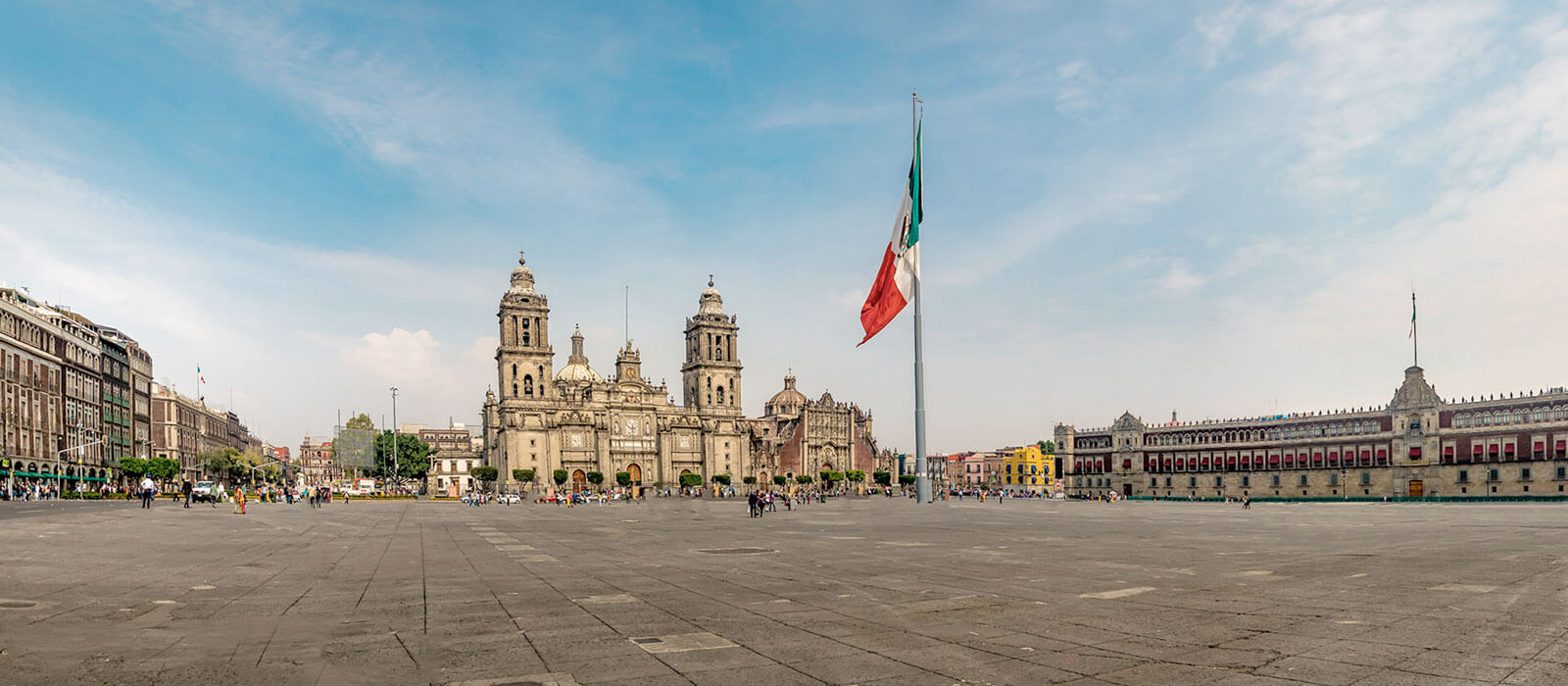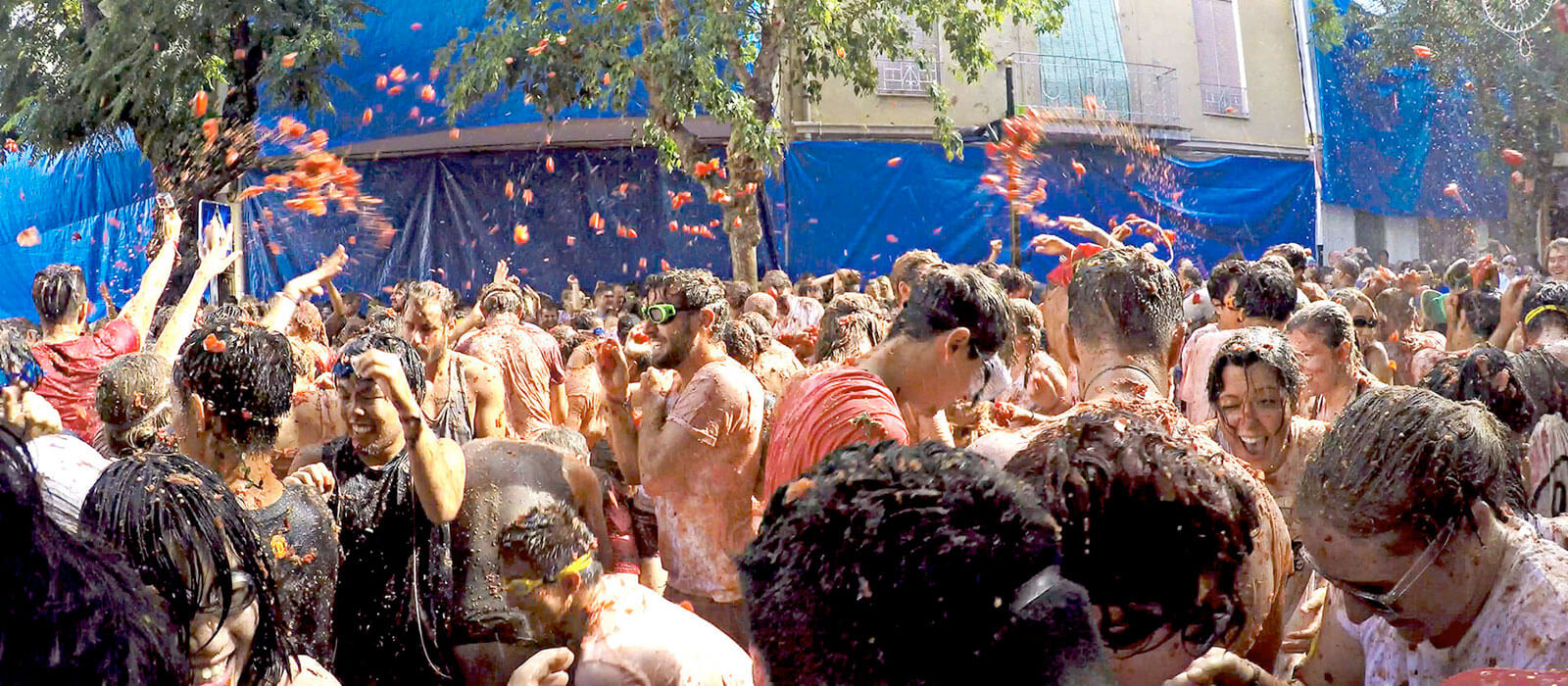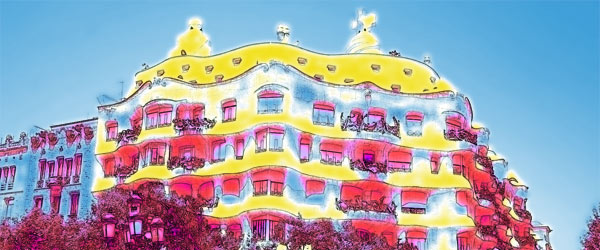Sónar Music Festival in Barcelona, Spain

Do you love music and art? Then the Sónar Music Festival in Barcelona is definitely for you! Ever since 1994, this 3-day festival has taken place in the third week of June at various locations in Barcelona and attracts more than 80,000 visitors every year.
Sónar is a unique festival, especially in form and content. An intriguing mix of performances and events that blur and sometimes eliminate the boundaries between music, technology and art. To cite one example: The highlight of last year's Sónar Festival was the performance by Daito Manabe. A Japanese artist who creates music by moving the muscles of his face in certain ways.
The program consists of Sónar by Day and by Night. Sónar by Day is dedicated to the search for new talent. There are concerts, exhibitions and performances by professional artists. During Sónar by Night, as the name suggests, the party really gets going and you can enjoy great shows with performances by famous artists from the international music world. An example: Deadmau5, Lana del Rey, The Roots, Hot Chip and Fatboy Slim, are part of this spectacle.
Tickets for this festival sell out in no time every year, so that indicates its popularity. If you will be in Barcelona on June 14, 15 or 16, 2013, try to get tickets through the official website and be sure to check it out and enjoy the atmosphere and creativity around you! Various clubs and bars in the Barcelona area also host parties and performances by well-known international DJs throughout the week.
Not in Spain around that time? Since 2002, this festival has also been held in other countries. In recent years, the Sónar festival has also taken place in London, New York, Buenos Aires, Sao Paulo, Seoul, Chicago and many other world cities, among others.








